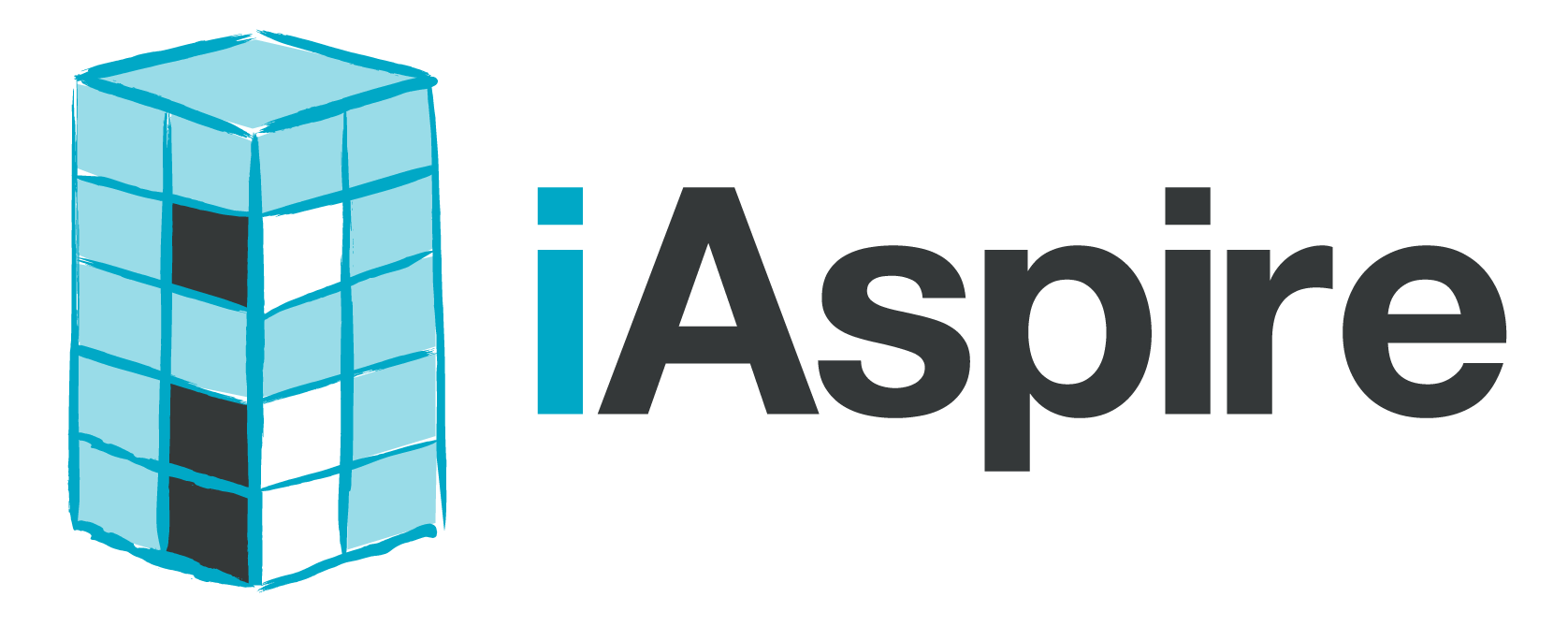Impacts and Trends from the 19-20 School Year (so far) | Part 3 - Growth Opportunities
One of the core features of iAspire is an intelligent assistant that will prompt the right people at the right time to complete their work. This could include self reflections for teachers, observations for principals or other observers, and even To-dos from coaching they are participating in.
In Part 1 we visited the reasons that could have impacted the nearly 21% increase in the number of observations per organization when being prompted to complete teacher observations.
In Part 2 - Strengths we identified which individual teacher evaluation framework indicators are most frequently marked as a strength. In this post we also highlighted how iAspire handles different wording across frameworks when compiling this data.
In this 3rd post of the Impacts and Trends series, we’ll dive into the specific indicators that have been marked most frequently as an area of needed growth
Top Growth Opportunity Indicators from teacher evaluation frameworks:
DOMAIN: Instruction
SUBDOMAIN: Engagement Strategies
Student Work - Teacher engages students in meaningful and relevant work. Teacher engages students in a variety of tasks. Teacher allows for choice in student product, processes, and/or content
SUBDOMAIN: Communication
Lesson Objective/Purpose - The lesson objective was clear, concise, and understandable. The teacher communicated the lesson objective so students could understand the purpose and importance of the lesson. Success criteria was shared with students so they know what success looks like.
DOMAIN: Learning Environment
SUBDOMAIN: Classroom Culture
Engaging Environment - The classroom environment is setup to help engage students.
SUBDOMAIN: Classroom Management
Physical Environment - The classroom is organized and efficient. The classroom is a safe place, and the physical arrangement is appropriate to the learning activities.
For the indicators that are most frequently marked as Growth Opportunities, a few research-based suggestions to help the teacher improve are below:
Student work - Think about who the person is that is doing the work. Is the teacher carrying the cognitive load, or are students being asked to transfer and apply their learning?
Have students play academic games.
Give students voice and choice in their work.
Be sure the work is meaningful and relevant to the students.
Have students talk, debate, and ask questions related to the content.
Use problem-based learning, investigative tasks, inquiry, and solve authentic problems.
Lesson Objective/Purpose - Is the teacher clear on what, exactly, the students are expected to learn? Are the students clear?
Communicating the Why embedded coaching offered through iAspire.
Clearly articulate the purpose and application of the lesson (real-world connections when possible).
Identify and share success criteria.
Use age-appropriate explanations
Have students create their own learning targets/goals
Engaging Environment - Are the students compliant, disorderly, passive, or engaged? How does the instructional environment influence the students’ engagement?
Use strategies to increase student response, such as selecting students randomly to answer questions, ask different question types, and think, pair, share.
Have the students physically move around the classroom when appropriate.
Be excited about the content you are sharing with your students.
Create opportunities for students to collaborate on meaningful work.
Physical Environment - Scan the classroom when students are working to identify resources and furniture arrangements that need to be modified to support students’ thinking, work, and development.
The Harmonious Classroom embedded coaching offered by iAspire.
Provide exemplars and other resources to highlight expected results.
Display student work.
Think about the physical flow of the classroom and student desk groupings.
Create classroom rules and routines together by using student voice and choice.
Which indicators are most frequently marked as a growth opportunity in your organization?

